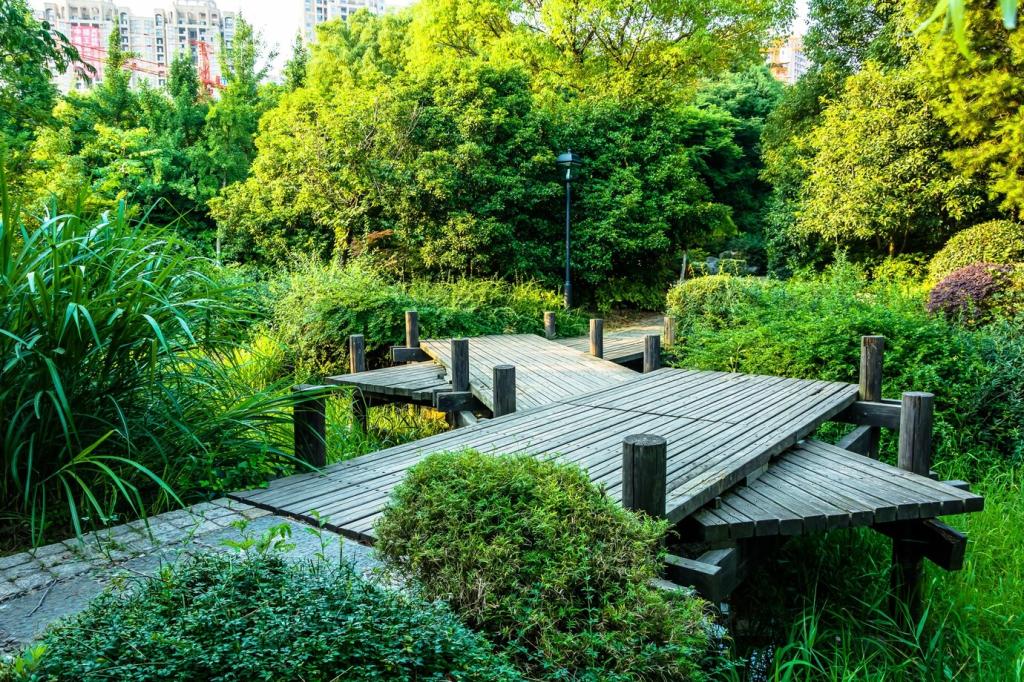A True Story: How Natives Revived a Tired Corner Lot
We sheet-mulched the grass, added a modest path, and planted sun-loving natives like little bluestem, coreopsis, and purple coneflower. Within months, bees arrived in waves. Share your starting point, and we’ll map a first-year plan.
A True Story: How Natives Revived a Tired Corner Lot
By midsummer, monarch caterpillars were munching on common milkweed, a child’s journal tracked sightings, and neighbors left notes of encouragement. Tell us your favorite pollinator moment, and inspire others to plant their first native bed.




